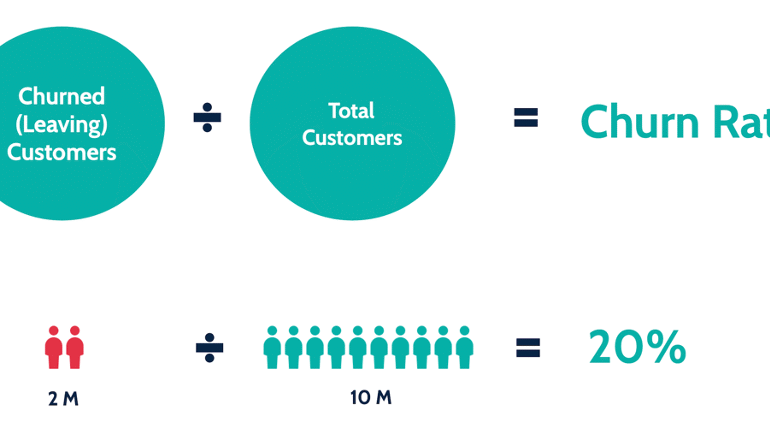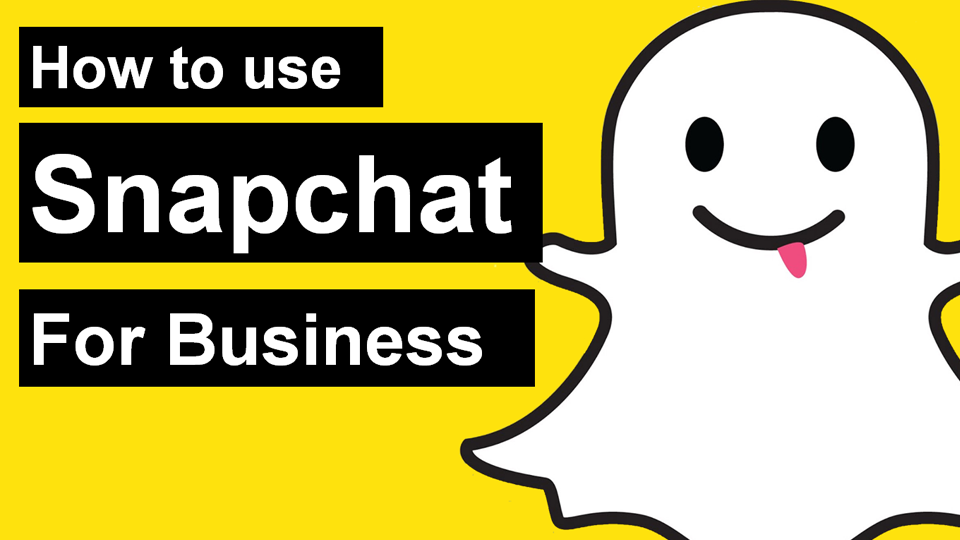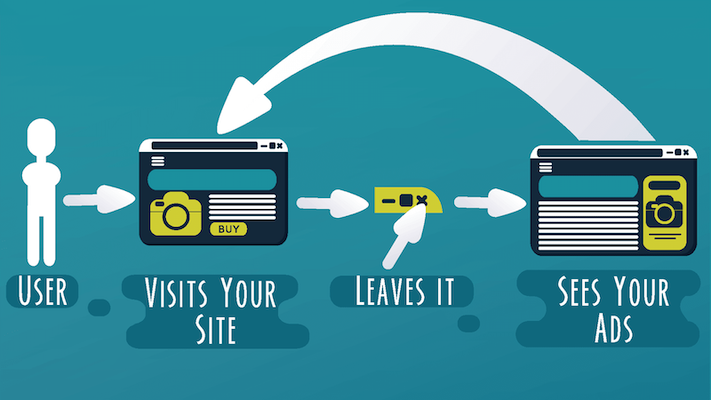The churn rate or customer cancellation rate

Whoever has a loyal customer, has a treasure… And whoever has too high a churn rate has a problem.
There’s a lot of talk about how to acquire new registrations and foster customer loyalty, but one aspect that is just as important is often overlooked: the churn rate (sometimes simply referred to as “churn”). It is about looking at the other side of the coin: not losing the customers that we have worked so hard to get. Let’s see how we can do it.
What is churn rate, and how is it calculated?
The churn rate is the percentage of customers who unsubscribe from a subscription list or any other type of database. In short, they are the customers we have lost and are no longer in our conversion funnel.
When calculating it, it is very important to take into account the time factor. We can rely on this simple formula:
- Number of subscribers lost during a period of time / Number of subscribers we had at the beginning of the period.
For example, if at the beginning of the month you had 100 subscribers and in the end you have lost 3 of them, your monthly churn rate would be 3%.
It is very important to take into account the period to which the data refers and always compare periods that are the same as each other (customer churn rate per month, per quarter, per year…).
It is difficult to give reference percentages for the churn rate, as they depend a lot on the sector and the particular circumstances of each brand. As a general guideline, more than 15% are considered alarming.
Calculating your churn percentage regularly is very useful for measuring the health of your marketing. Like a fever, a high churn rate is a symptom that alerts us that there is a problem that we need to fix. Regularly monitoring this metric and trying to improve it will help us to better define our products and services, work on our offer, and optimize the relationship with customers in the long term. It’s all advantages!
How to improve customer churn rate?
- Find out the reason for the casualties. To improve, you first need to know where the problem is. Put yourself in your customers’ shoes, go through your entire website and your subscription process, and try to identify the “pain points” that make them abandon. Or better yet, ask them! Use tools like surveys to get the keys to what you can improve.
- Identify weaknesses. Users sign up for your databases because you offer something they’re particularly interested in. When they unsubscribe, it is because they perceive that the offer is no longer of the same quality, or because they have found something better elsewhere. Honestly analyze your added value and compare it with the competition to find the weaknesses behind your churn rate.
- Segment, segment, segment. Segmentation is a vital step to know the tastes and interests of customers and get the right offer that can retain them. If you try to market to everyone, chances are you’ll end up with a sky-high churn rate. Divide and conquer!
- Improve your offers. When a potential customer subscribes to a list, it is because they expect a certain quality from the brand. They trust your products and services, and expect you to always offer them the best. Therefore, if your campaigns are not up to that standard, it is most likely that they will end up abandoned. Here, quantity doesn’t matter as much as quality: it’s better to get in touch a few times, but your emails are always worthwhile.
- It meets expectations. Generally, the first “push” to subscribe to a list comes from an offer of free content, a coupon, or other added value. If that first experience doesn’t correspond to what the user expects, churn will go up. Once again, you can use surveys to find out what your users’ expectations are and how they correspond to reality.
- Associate added value with your brand. A good strategy to build customer loyalty and reduce churn is to create a promise around your brand that makes it stand out from the competition… and, of course, comply with it without exception. It can be something as simple as offering free shipping, making returns easier, or including a little extra with every purchase.
- Find the ideal frequency. A very common cause of high cancellation rates is sending too many emails. When the user feels spammed, they get overwhelmed and hit the “unsubscribe” button to quickly fix this discomfort. To avoid this, it is better to fall short than to overdo it. Of course, don’t be afraid to send emails when you have offers that are really worth telling.
- Analyze the changes. To understand how your churn rate works, you’ll need to be a bit of a detective and look for lessons in the past. For example, you can calculate the percentage of monthly cancellations over the last year and try to figure out the cause behind each increase. In the same way, you’ll need to apply what you’ve learned for the future.
- Upgrade. No matter how well worked your value proposition is, nothing is forever. Every so often, you’ll need to rethink the design of your communications and the content you share to keep your subscribers engaged.
- Don’t obsess. Lowering the churn rate can be very beneficial for your company, but it doesn’t make sense to insist on leaving it at zero. In the end, some subscribers are simply not interested in your brand, and there is nothing you can do to retain them. So the best thing to do is to let them go and focus your efforts on attracting your ideal buyer persona. Luck!










